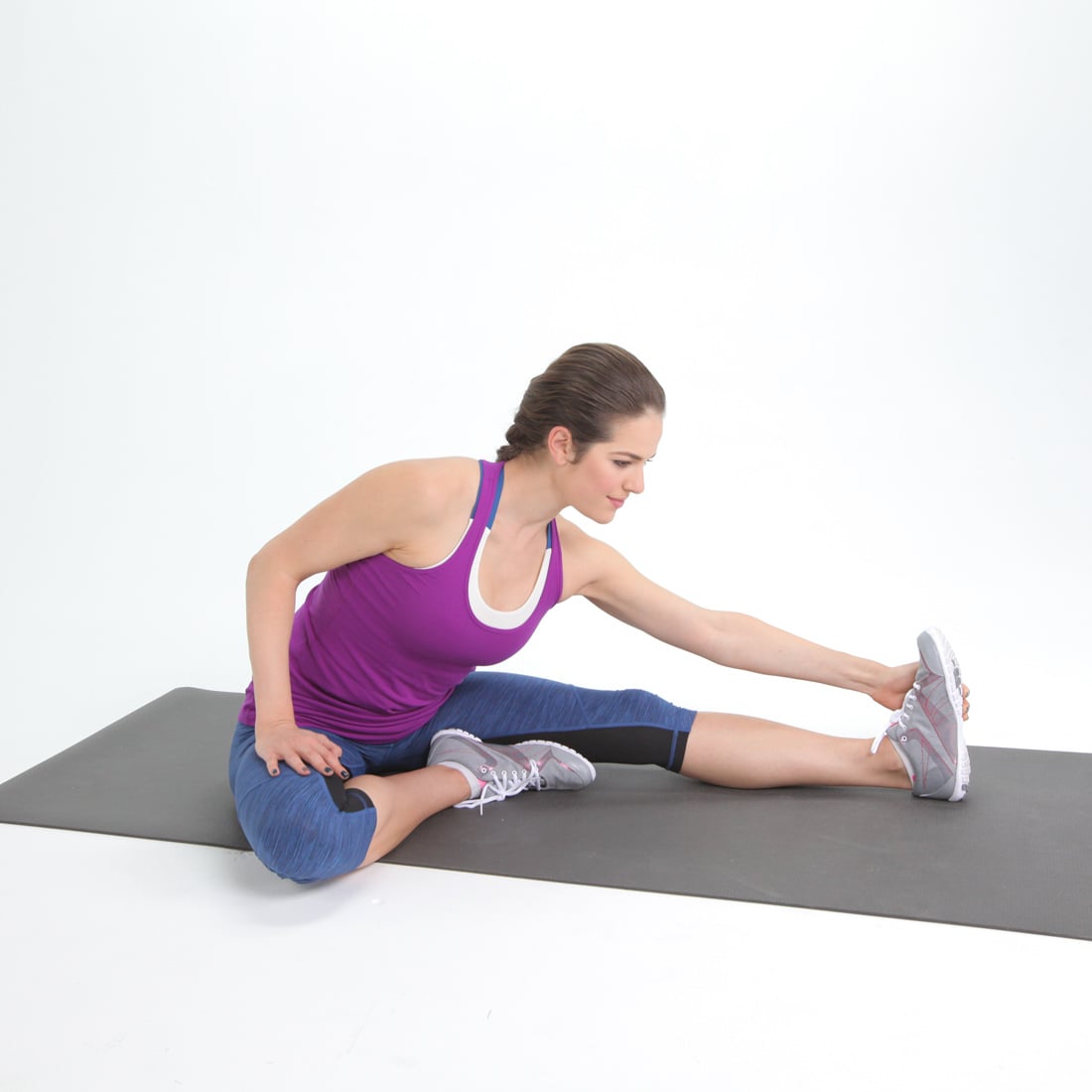
Are you looking for a stretch that targets your hamstrings, hips, and lower back? Look no further than the inverted hurdler's stretch. This stretch is ideal for athletes, runners, and anyone who sits for prolonged periods. It's an excellent way to improve flexibility, prevent injury, and relieve muscle tension. In this article, we'll explore the benefits of the inverted hurdler's stretch and how to do it correctly.
What Is The Inverted Hurdler's Stretch?

The inverted hurdler's stretch is a yoga pose that involves bringing one leg over the body while lying on the back. The other leg remains straight on the ground. This stretch targets the hamstrings, hips, and lower back. It's a great way to improve flexibility, prevent injury, and relieve muscle tension. The inverted hurdler's stretch is also known as the reclined pigeon pose or figure four stretch.
Benefits Of The Inverted Hurdler's Stretch
The inverted hurdler's stretch has several benefits, including:
- Improving flexibility in the hamstrings, hips, and lower back
- Relieving muscle tension and tightness
- Reducing the risk of injury
- Improving posture and balance
- Alleviating lower back pain
- Increasing blood flow to the muscles
How To Do The Inverted Hurdler's Stretch
Follow these steps to perform the inverted hurdler's stretch:
- Lie on your back with your knees bent and feet flat on the ground.
- Place your right ankle on your left thigh, just above the knee.
- Interlace your fingers behind your left thigh and gently pull your left leg towards your chest.
- Hold this position for 30 seconds to 2 minutes.
- Release and repeat on the other side.

Common Mistakes To Avoid
When performing the inverted hurdler's stretch, be sure to avoid these common mistakes:
- Using too much force when pulling your leg towards your chest
- Not keeping your neck and shoulders relaxed
- Not breathing deeply and evenly
- Not keeping your hips level and square
Variations Of The Inverted Hurdler's Stretch
There are several variations of the inverted hurdler's stretch that you can try:
- Twisted Inverted Hurdler's Stretch: twist your torso and gaze over your left shoulder as you bring your right ankle over your left thigh
- Standing Inverted Hurdler's Stretch: stand with your feet hip-width apart and cross your right ankle over your left knee, then hinge forward at the hips
- Seated Inverted Hurdler's Stretch: sit on the ground with your legs extended in front of you, then cross your right ankle over your left thigh and fold forward

When To Avoid The Inverted Hurdler's Stretch
The inverted hurdler's stretch is generally safe for most people. However, if you have a knee, hip, or lower back injury, you should avoid this stretch or modify it to suit your needs. It's also important to listen to your body and not push beyond your limits.
Conclusion
The inverted hurdler's stretch is an excellent way to improve flexibility, prevent injury, and relieve muscle tension in the hamstrings, hips, and lower back. Follow the steps above to do this stretch correctly and avoid common mistakes. Try the variations of this stretch to find the one that works best for you. Remember to listen to your body and not push beyond your limits. Incorporate the inverted hurdler's stretch into your regular stretching routine to improve your overall flexibility and well-being.